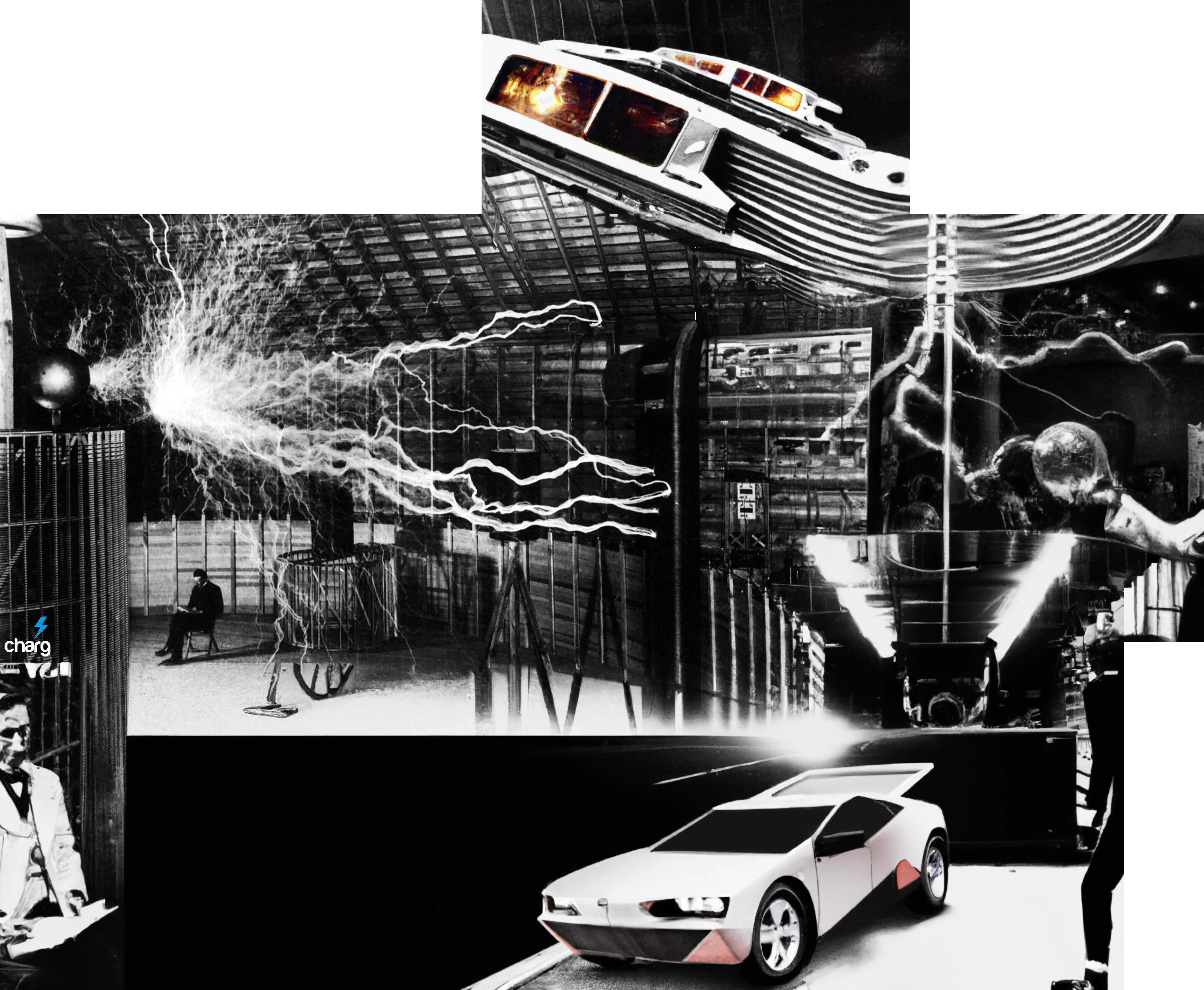What do I mean by this? Energy is money…
I like physics because of how it provides elemental models of natural phenomenon which are more or less correct. Classical physics dictates matter and energy are the basic building blocks of the universe. And matter, itself, is composed of energy. For this reason, at a very fundamental level, energy is the core building block of the universe.
I was primarily an economist by schooling, and a computer scientist by profession. This helped me to peer into the core pillars of value. Gold holds value because it exists only in limited known quantity, and this quantity can only be increased by mining - an expensive ordeal requiring the inputs of labor, ENERGY, machinery, land ownership (itself a limited commodity), and high externality costs. But lets break that formula down…
New Gold = Labor in + Energy in + Machinery in + Extra Costs (land) + Externalities in
Gold is matter, which itself is composed of energy. If you had a really nice reactor, you could convert gold (or any other matter) into energy. Labor is a function of human labor, but those humans also composed of matter and requiring of energy in the form of food to work. Machinery is composed of matter also, and requires matter and energy in order to materialize. This leaves externalities - the cost of degrading the landscape in order to acquire that gold. Tearing up the landscape for some golden nuggets has environmental destruction attached to it. This is important to remember. The equation, when broken down, reveals that ALL elements break down into the most basic component - energy.
Naturally it follows that a currency looking to find parity with something so elemental as energy would have a good chance at finding real world value. But value requires one more thing to be truly complete - people who want to purchase the commodity. For this, we must assign a utility to that energy. After all, there are for all intents and purposes an infinite number of energy units available in the universe randomly bouncing around, but only a finite number of energy units available in a form which is immediately ready for human use.
The electric vehicle boom is upon us. Now more than ever, the common man can afford to purchase an electric vehicle. This fundamental stepping stone in the evolution of renewable energy permits clean energy to be the primary energy input for the first time in industrial history. That’s because all of those new electric vehicles on the road are going to need lots of places to recharge. And, unlike the centralized model of gas stations, electric vehicles have the ability to recharge wherever they go.
By allowing anyone to be their own boss and set up electric vehicle recharging stations for anywhere that electric vehicles park, WeCharg (https://wecharg.com) has provided a way for Charg Coin (CHG) - https://chgcoin.org - to infuse the value of energy directly into currency.
Every time a transaction occurs on the Charg Coin network, that transaction is reflected on our atomic swap exchange. By accepting BTC, LTC, ETH, and legacy currencies (credit card) in addition to Charg Coin (CHG), every time one of these currencies is used the transaction’s value is first applied to the open market in decentralized fashion. What this means is that Charg Coin (CHG) injects the value of energy directly into itself each time an electric vehicle on the network is used.
And, since anyone can contribute to the new decentralized energy economy, the price of organized energy is distributed evenly. Compare this model to the old model of centralized big oil - where a small number of players control a vast (but dwindling) resource. Instead of a few key players controlling energy, now everyone can partake in the profits, resulting in a healthier distribution of wealth without taking.
Key to this equation is the aforementioned externality cost. Now that solar panels cost less than $0.24/watt as of the writing of this blog post, it is finally possible to economically inject renewable energy into the new energy economy. WeCharg (https://wecharg.com) is offering electric vehicle recharging stations which use solar, wind, and other off-grid energy technologies to intelligently recharge electric vehicles in even the most remote locations on the planet. Now villages or remote locations can supplement the ever decreasing startup costs of having off-grid electricity by providing energy to the electric vehicles which are now flying off of the assembly lines.
So we have some powerful ideas coming together and cementing themselves into the Charg Coin (CHG) ecosystem. We have renewable energy finally finding itself as the primary input energy. We have the decentralization of energy distribution into the hands of the people providing electric vehicle charges rather than a small number of powerful players. We have a free exchange which is also, itself, decentralized. And we have a transaction protocol which just so happens to inject the value of energy directly into Charg Coin (CHG) with each transaction by way of that free market.
These variables working in tandem are why I believe Charg Coin (CHG) is quietly becoming the most important development in the field of blockchain. Like an iceberg quietly waiting beneath the water, Charg Coin (CHG) is just waiting to get noticed before we capture the energy marketplace by storm. The Charg Coin platform has developed into a decentralized distributed transaction protocol that works using energy-time as a basis of value. That’s powerful. Consider investing!




